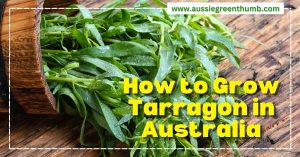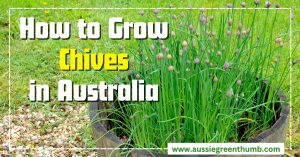Acacia verticillata, commonly known as Prickly Moses is a spectacular tree with a spreading habit, found growing naturally all over south-eastern Australia. Its pinnate leaves are, as its common name suggests, spiny, and have a nasty scratch if you’re not careful.
But, planted in the right place, prickly Moses is a gorgeous plant, with showy yellow-creamy flowers, that works particularly well at the back of a mixed herbaceous border.
Like all acacias, it does spread and can become invasive, so deadheading, seed collection and regular weeding are advised, but overall, it is reasonably easy to manage and maintain. For more tips on propagation, care and harvesting the seeds of prickly Moses, keep reading.
More...
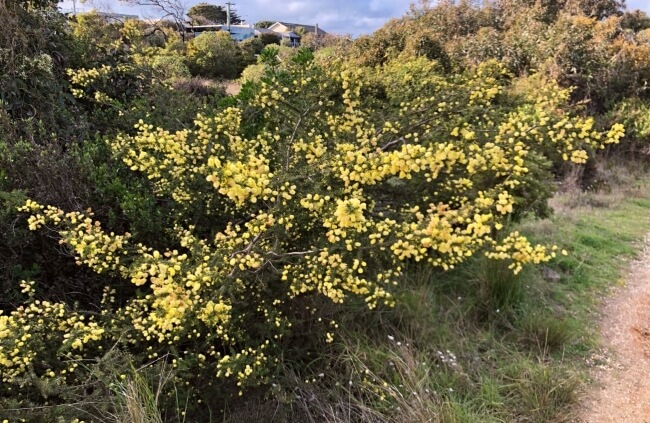
Source: Nick's Natives
Family: | Fabaceae |
|---|---|
Genus: | Acacia |
Species: | A. verticillata |
Common names: | Prickly Moses, Prickly-leaved Wattle, Star-leaved Acacia, Prickly Mimosa, Whorl-leaved Acacia |
Origin: | Australian native |
Location: | Outdoor |
Type: | Large shrub or small tree |
Growth: | 10m tall |
Sun requirements: | Full sun |
Foliage colour: | Green |
Flower colour: | White |
Flowering: | July-December (can slightly differ based on regional climates) |
Edible parts: | Edible flowers and seeds |
Maintenance level: | Low |
Poisonous for pets: | Not toxic to cats and dogs |
What is Prickly Moses?
Prickly Moses is the common name for Acacia verticillata, and Acacia pulchella. Both have a similar leaf structure, but A. pulchella can be differentiated easily thanks to its spherical, and richer custard-yellow flowers. This article focuses on A. verticillata.
Like all acacias, prickly Moses can tolerate drought, and baking summer sun. It is also well adapted to coastal, even saline soils and will tolerate heavy rainfall provided the soil is reasonably well-drained.
It is a common bush tucker, with edible seeds and fragrant flowers that can be fried or steeped in hot water for a sugary tea. Those flowers are also highly beneficial to wildlife, with a long season; sometimes blooming for six months from July to December.
Natural Habitat of Acacia verticillata
Prickly Moses is native to southeastern Australia and Tasmania, with a spread from the southeastern coast of South Australia, up to just south of Sydney, near Wollongong.
Acacia verticillata prefers free-drained soils but tolerates occasional waterlogging with its native distribution covering areas of clay soil, loam and poor sandy conditions. As its distribution throughout Tasmania hints at, it can also tolerate frost.
These trees prefer full sun but grow naturally as understory plants in dry forests, and out in open land too.
Common Uses for Prickly Moses
Prickly Moses is useful for wildlife gardens as the flowers and seeds are edible to most native birds and mammals, and the nectar-rich flowers help to attract pollinators to the garden in the colder seasons.
Its edible seeds can be harvested as soon as the pods begin to dry, but before they fall from the plant (they look like dried pea pods, and the seeds can be black or two-toned depending on harvest time and subspecies).
In terms of horticultural use, prickly Moses is most commonly used as a boundary hedge, but makes a much more attractive border backing plant that provides privacy, but also helps to create a flowering and colourful backdrop for other herbaceous perennial or annual plants.
Identifying prickly Moses
There are four naturally occurring subspecies of Acacia verticillata:
- Acacia verticillata subsp. verticillata
- Acacia verticillata subsp. ruscifolia
- Acacia verticillata subsp. cephalantha
- Acacia verticillata subsp. ovoidea
All grow in the same habitats, and have similar growth, reaching between 8m-10m tall and 8-10m across. Because their branches are weighted down by heavy foliage and copious flowers, they tend to have a domed structure, where the trunk is not visible, though young plants will usually develop as single stems.
How to Grow Prickly Moses
Prickly Moses is just about the easiest tree you can grow. It tolerates frost, drought, waterlogging, acid soil, alkaline soil, clay, loam, sand, full sun and part shade. Essentially, If you’ve got enough space for it, you will be able to grow it.
Acacias are famous for their ability to nitrogen fix in poor soils. The term can be confusing, but essentially, nitrogen-fixing is just plants accessing nitrogen that is inaccessible to other plants (when soil has nutrients but poor structure), and making it available to other plants, because its roots store it.
Acacia verticillata, like other legumes, forms symbiotic relationships with nitrogen-fixing bacteria. This process enriches the soil by converting atmospheric nitrogen into a form that plants can use, enhancing soil fertility.
Sweetcorn is another good example of this, and when you dig up old plants, you’ll see large nodules on the roots, which are basically just stored nitrogen.
Acacia verticillata (prickly Moses) can live for hundreds of years but, in most gardens, has a short lifespan of around twenty. It can either be used for long-term soil improvement, or planted and then replaced when it begins to fade. Even while it is growing, its roots will improve the soil for plants growing at its feet.
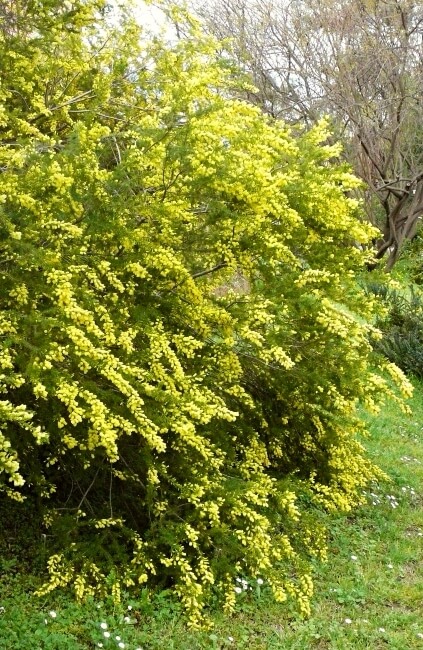
Source: Trees and Shrubs Online
Ideal Growing Conditions
Having established that there are no special conditions for prickly Moses, just make sure you give it enough room to grow. They can reach 10m tall, and the same spread, with a dropping habit that means they can smother the ground beneath them.
Regular pruning can extend their life, and improve their shape (there’s a more detailed guide to pruning later in this article). Aim for full sun if you can, but dappled shade, or shade from buildings for half the day is fine.
Planting Prickly Moses
Prickly Moses might be tough, but it still needs treating like any other tree when you first plant it. Dig a hole that is at least twice the width of the root ball, and slightly loosen up the base of the hole with a garden fork.
Then drop the root ball into the hole, so it sits slightly proud of the soil level. Then water it well.
Staking will help protect brittle new growth from strong winds and prevent the roots from moving in the soil but is not completely necessary.
How to Propagate Prickly Moses
Acacia verticillata is a great plant for anyone new to tree propagation. Its seeds germinate well in warm and bright conditions, and thanks to its narrow leaves it is much easier to take cuttings from than other Acacia species.
Prickly Moses Propagation from Seeds
Prickly Moses seeds do need some treatment before planting, but unlike some frost-tolerant Tasmanian natives, they don’t need cold treatment. All you need to do is soften the seed’s outer coat. To do this, place the seeds in a cup of hot water overnight.
The seeds should swell and sink by morning. Leave any unswollen seeds in the water, and sow the swollen seeds right away. Then sow each seed 5cm apart on a bed of seed compost. Coco coir is ideal as they need no nutrients at this stage.
Read our guide to learn more about coco coir and how to use it.
Water the compost well, then cover it with 5mm of compost or vermiculite and then leave it somewhere bright and ventilated. They should germinate within a week, and be ready to pot on after two or three weeks.
Note: Use fresh seeds where possible, and sow as early as possible in summer.
Propagating Acacia verticillata from Cuttings
The major challenge when taking any semi-hardwood cuttings from trees is moisture loss through the leaves. Thankfully, because prickly Moses has such needle-like leaves, they lose very little moisture. And because those leaves are tightly spaced, they have dozens of opportunities to root.
Cut 15cm sections of new, new-flowering growth in late spring, and strip the bottom 10cm of any leaves. Dip the base of the cutting in rooting gel, and then insert 10cm deep into free-draining compost (like seeds, coco coir is ideal). This will leave 5cm of stem above the soil.
Place the cuttings somewhere bright but out of direct sunlight, and they should root well within a month.
Caring for Prickly Moses
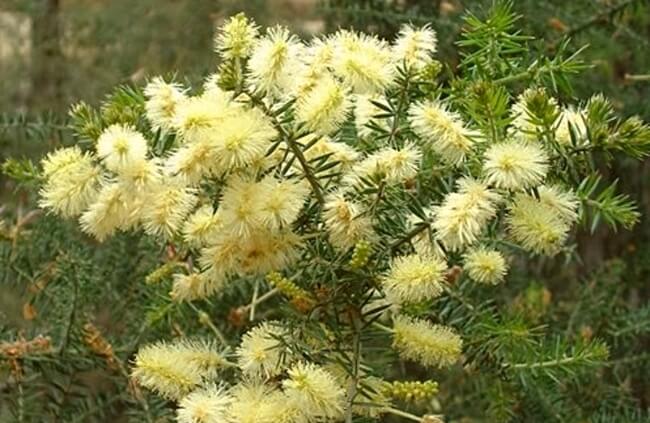
Source: Plantmark
Much like planting, there is not much work to do when it comes to caring for prickly Moses. They tolerate most conditions and do not require frost protection.
Water them well for their first year, and remove dead, damaged or diseased branches as you notice them to prevent the spread of infection. Check regularly for snapped branches, and cut below the snap with clean secateurs to create a wound that heals faster.
Prickly Moses does not need feeding or mulching, as both are typically more damaging than beneficial.
Finally, and perhaps most importantly, you can prune prickly Moses however you like. It will not respond well to tight clipping, but removing lower branches can give you more or a canopy, and provide space beneath the tree where you can plant shade-loving perennials to add depth and colour to the garden.
Pruning branch tips 1m above the ground level annually will also help to keep its overall shape in check, but it is down to visual preference, and definitely not a necessity.
Harvesting & Storing Prickly Moses
Because prickly Moses is such a useful bush tucker for the southeast of Australia, it's worth considering how to harvest its seeds. When the pods are dry they can look quite messy, with tight, dense, mats of brown, curled seed pods all over the plant.
Rather than leaving them to fall, pull them off one by one, and agitate them in a large bowl or bucket. The seeds will fall from the dry pods.
Note: The flowers can be harvested any time they are in bloom, but newly blooming flowers, harvested in the late morning, have the most nectar.
How to Store Prickly Moses Wattle Seeds
Wattle seeds (the name given to most acacia seeds from edible species) have a nutty, coffee-like flavour. They can be stored whole once dried, or roasted and ground to be used as a flavouring, or a caffeine-free coffee substitute.
Store the ground or whole seeds in a dry air-tight container in a dark, cool, cupboard, for up to a year.
Common Acacia verticillata Pests and Diseases
Prickly Moses has very few pests and is resilient against most diseases, including root fungus, root rot, and crown rot, commonly associated with dry-climate trees from the south coast. However, when grown under cover, or in very dry conditions, spider mites do pose a problem.
Partly, this is because they are hard to detect, and their damage (usually noted by small yellow spots on leaves) is even harder to spot on such narrow leaves.
Look instead for powdery coatings, or fine filaments (their silk). Watering the tree well will help to deter heavy spider mite infestations, and encouraging or even releasing predators like ladybirds or predatory thrips and wasps can help to manage the population.
In general, they won’t trouble mature plants.
Prickly Moses Frequently Asked Questions
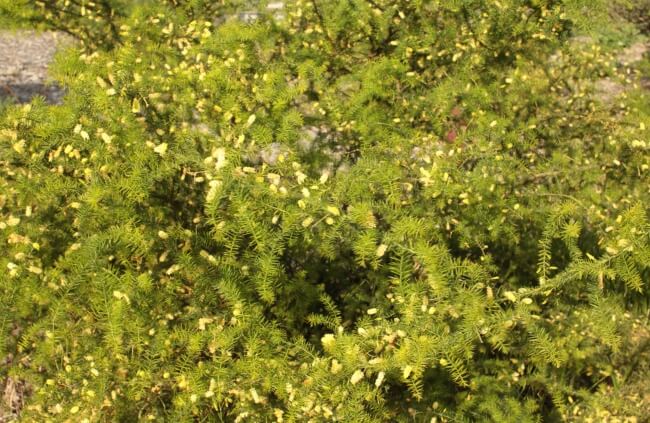
Source: Westgate Biodiversity
Is prickly Moses invasive?
Prickly Moses is native to southeastern Australia, but it can become invasive in the wrong spot. Its seeds are plentiful, and it will germinate on most soils. However, it is not considered to be a problem weed and is not listed as such by any state.
How long does prickly Moses live for?
Prickly Moses can live for hundreds of years, but they typically have a life span in gardens and in nature of 20-30 years.
Is Prickly Moses toxic to pets?
Some species of Acacia are toxic to pets, but Prickly Moses is generally considered safe. It's important to note, though, that while not toxic, the plant's natural defences — including its prickles and spines — can still pose risks to pets and wildlife.
Is Acacia bad for kidneys?
Acacia actively improves renal functions, and there are no specific reports of Acacia verticillata having anything but positive effects on the kidneys. This relates to wattle seed and tea.
Add a Touch of Rugged Charm to Your Garden with Prickly Moses
If you’re looking for something a little different, that can add texture and colour in late winter, spring, and the early parts of summer, then growing prickly Moses is a great choice. Its fine foliage is stunning in the right light, and its flowers are gently elegant, but impactful at the same time.
Plus, the bonus of growing your own bush tucker, and even supporting local wildlife, should make this a clear choice for most gardeners looking for a simple, low-maintenance structure. Because growing prickly Moses requires, quite literally, no maintenance.
Published on October 18, 2023 by Gary Clarke
Last Updated on June 24, 2024

